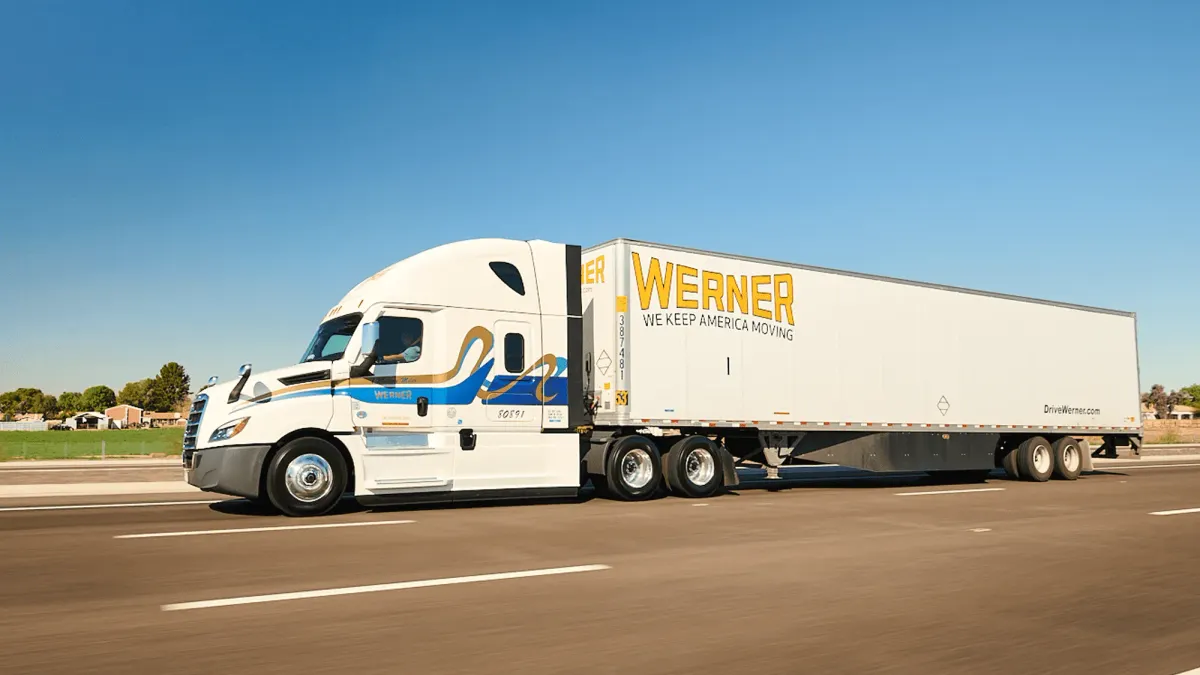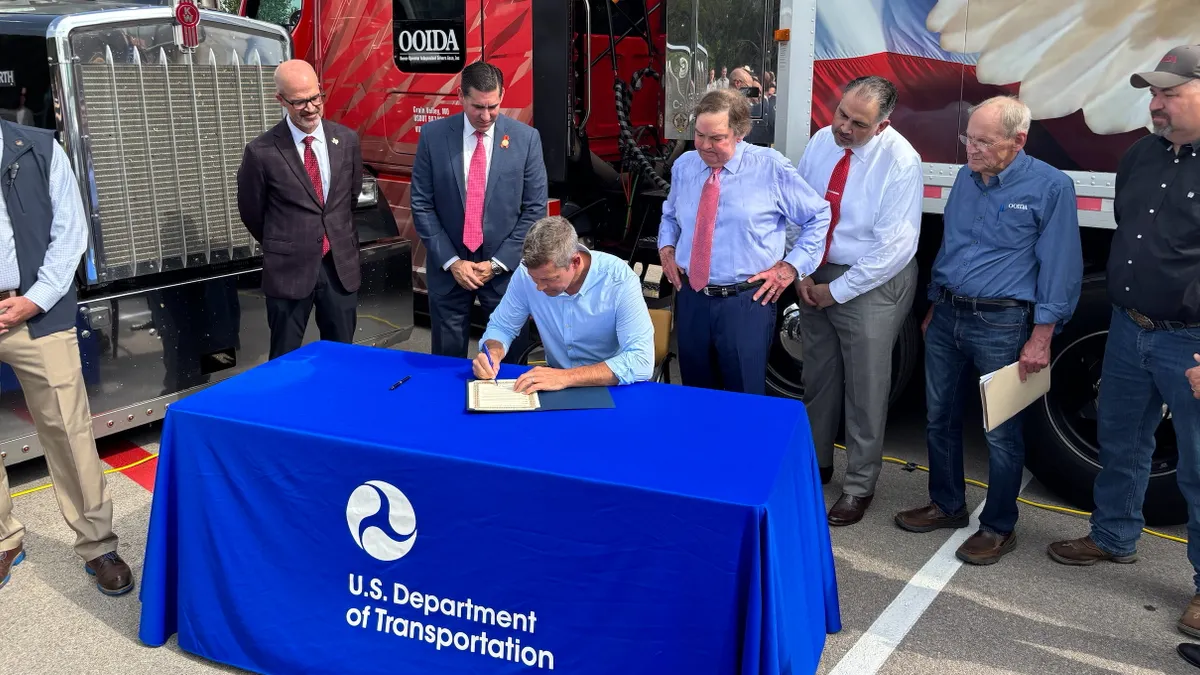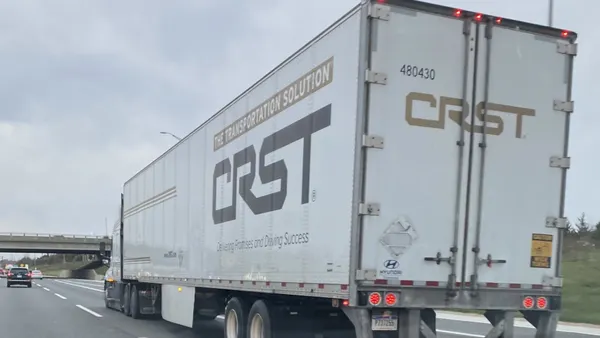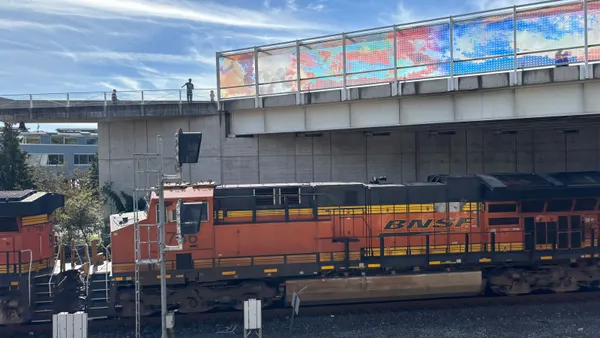Werner Enterprises is bullish its cross-border services between the U.S. and Mexico provide it a competitive advantage as it continues to see nearshoring investments develop.
“Not that many people are effective at crossing freight into and out of Mexico at scale,” CEO Derek Leathers said at the Deutsche Bank’s 2025 Transportation Conference on Aug. 12. He said you can count the number of competitors for those services “on two hands.”
Inflows of foreign direct investment into Mexico are rapidly increasing: The country saw over $55 billion invested in the first half of 2025, exceeding the new record set in the first six months of 2024, according to data from the government of Mexico.
“What I like more about it is where the inflows are coming from,” Leathers said.
Over $25 billion of the FDI in Mexico, or 46% of the $55 billion so far this year, came from the U.S. and Canada, according to government data.
Leathers highlighted how that mix is "much more strongly weighted" towards North America this year than it has in the past, which could spell good news for trucking services. After all, investments typically come in stages, which ultimately translate into trucking demand as companies need carriers for their plant equipment and for future northbound sales.
"Large scale companies like ourselves can come up with more creative solutions on how you get equipment into Mexico so that you can support that northbound," Leathers said. "That's very difficult to do with your small regional player."
According to Leathers, manufacturing investments in Mexico come in three stages:
- Stage one of investment, which is already happening, is increasing the number of shifts that are being operated out of an existing manufacturing facility.
- Stage two is when one amplifies existing plant equipment to be more productive and increases more product.
- Stage three is all the credit point investment in new plants and equipment to expand a company's footprint in Mexico. This is the "big one," per Leathers, as many of the products will "ultimately come into the United States.”
However, some challenges remain for trucking companies looking to leverage nearshoring investments. Leathers pointed out that the balance of trade between the U.S. and Mexico has gotten worse over the years, with more trade going northbound than southbound. That's an issue for trucking companies seeking to optimize their equipment utilization.
Still, Werner sees its existing presence and knowledge of Mexico as a significant advantage.
“I came to Werner to start the Mexico division. I lived and worked in Mexico City for years and years. I'm fluent in Spanish, and so when we're down there, we're able to talk to them in their language, about their trends and about their projections in ways that I think makes Werner pretty unique,” Leathers said.
In 2024, Werner celebrated 25 years of being in the Mexico market. It has a terminal in Laredo, Texas, which includes a cross-dock facility, and has over 100 associates living and working within Mexico. Over the course of its business, the company has expanded its footprint to include offices in Mexico City, Monterrey, Querétaro and Guadalajara.
Edwin Lopez contributed to this story.










